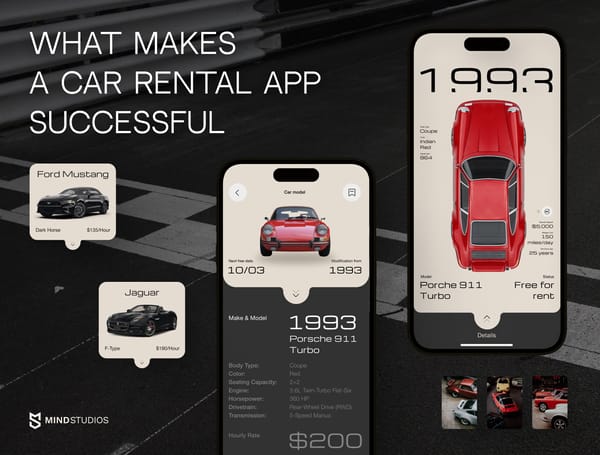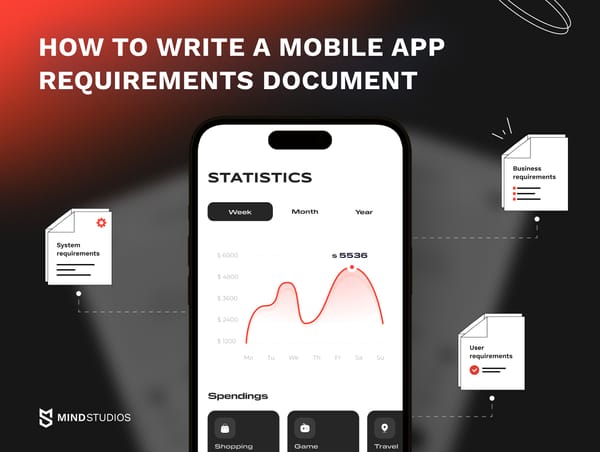This article offers tips on how to make your own news app, be it a mobile news aggregator or an app for your online magazine.
Why you need a mobile app for your news channel
People love to know things. From the geopolitical situation to celebrity gossip, we’re interested in all kinds of information. But with the pace we’re living at, who’s got the time to keep abreast of the latest news? That’s where the demand for mobile news apps comes from.
By approaching newspaper app development the right way and with the help of a professional outsourcing development company, you can grow your news outlet’s audience to unimaginable levels.

For users, news apps offer easy access to information on the go. Rather than buying a paper at a newsstand down the street, which adds to the clutter in your bag or on your desk at work, it’s way easier to take out your smartphone and scroll the news on the screen. Besides, printed newspapers kill trees :(
For businesses dealing in news, the benefits of a mobile app are numerous.
First and foremost, adapting a digital news outlet for mobile significantly widens your audience, especially among younger generations. But older people are also becoming more mobile-centered. A larger audience means increased revenue.
You can, of course, simply adapt your website for mobile browsers — it’s cheaper and can be done quickly. However, for your users, opening a website in a browser takes time and effort: they need to open the browser, type in the website address, then wait for the site to load. Opening a newsfeed with a single tap on the smartphone screen is way easier.
Besides, the average time for a web app page to load in a browser ranges from ten to fifteen seconds even with a good signal. The same page can load in a mobile app in under five seconds. Mobile app interfaces are also way more user-friendly than those of websites when opened on a narrow mobile screen.
A second important benefit of having a mobile app is expanded monetization options. We’ll cover this more below, but in short, monetization models in mobile apps are varied and can be combined to bring in more revenue.
And finally, mobile apps offer possibilities to engage users, making them participants instead of passive readers — something websites can provide in a very limited way.
All this combined makes apps better at user retention; bounce rates are lower in mobile apps than on websites that are simply adapted for mobile.
Features a native app for a news outlet needs
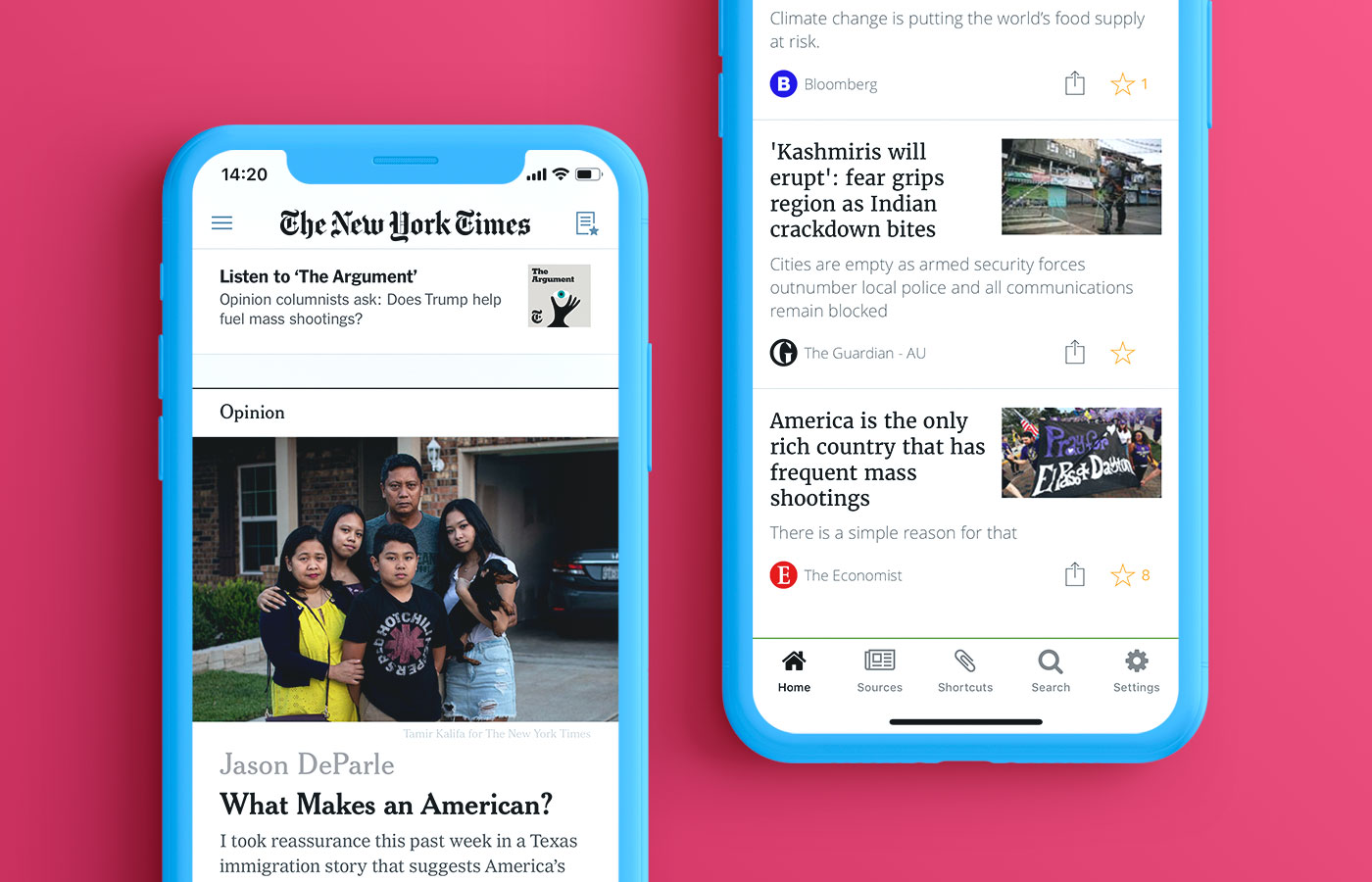
There are two types of digital news outlets:
- News aggregators
- Online magazines
News aggregators are websites and apps that collect news from all over the web and offer it to readers, neatly organized.
Online magazines, on the other hand, are outlets with their own editorial staff that choose topics and write articles.
Online magazines and news aggregators serve different purposes, and their technology stacks differ accordingly. At the same time, most of the features are more or less the same for both types of apps.
- Feed
The feed is the heart of any news app, its front page. This is where the latest headlines and bylines are displayed; it’s the first thing readers see when they open the app. For this reason, the feed is one of the most important parts of an app. Think through the design of your feed — it should be eye-catching and attractive.
- Search
A search feature allows your readers to find mentions of people and events across categories.
- Filtering system
Unless your online magazine is dedicated to a single narrow topic, you need some kind of categorization for readers to easily find articles they’re interested in. Sorting content by topic is a basic feature, but you can also allow sorting by author, for example.
- Follow
No one enjoys repeating the same task time and time again — even if it’s simple, like choosing a topic from a list. Most popular news aggregators offer a “follow topic” feature where users choose topics they’re interested in. When they open the app, their feed is filled with new articles on these topics only. There are options here, too. For example, with The Guardian app (and website), readers can follow specific authors in addition to (or instead of) topics. In aggregator news apps, users might be offered an option to follow their favorite sites that are represented in the app.
- Visual customization

Do you use reading apps? Maybe you use the Kindle app or any other tool for reading books and documents. If you do, you probably know that almost all of them have at least two themes: light and dark. Some also have low-blue-light settings, which makes the screen brownish and protects your eyes from strain (to some extent, at least).
News apps are also reading apps, and making yours customizable will win you more loyal users. As you work on your newspaper app design, consider allowing your readers to choose colors — black-on-white and white-on-black are pretty basic, and you can throw in different colors for headers, links, etc. Customizable font size will be appreciated by people with poor eyesight.
Related: Unight Case Study
- Sync across devices
It’s not uncommon for people to have several digital devices: a smartphone, a tablet, a laptop, a PC at home. Smart TVs can also be connected to the internet to not only watch but read. Why one would read from a TV is an interesting question in and of itself, but that’s not relevant right now. What is relevant is that by connecting a news app account to social networks, for example, users can have the ultimate flexibility — read from a smartphone while commuting to work or school by bus, then switch to a tablet when relaxing at home.
For this, you’ll also need a sign-up feature: there needs to be an account to which settings can be linked. You can let users create accounts by signing up via Facebook, Twitter, or Google.
- Wide view
This is a feature to consider if you’re looking to build a news aggregator app. A “wide view” offers readers coverage of topics by a number of news outlets; bonus points if they provide different or even polar opposite views. If you happen to create a news aggregator app that covers economics and/or politics, the wide view feature is practically a must. After all, to make educated decisions, your readers should hear all sides of the argument.
- Curated articles
Here is another feature to consider in order to create a news app, and this feature may actually be connected to the wide view. Curated content refers to articles selected by you and your editors (if you have any): the articles you consider most relevant, reliable, educated, well-written, the articles that meet specific demands. Curated articles are a way of showing expertise and sometimes displaying views on a topic without actually writing an article yourself.
- Offline mode
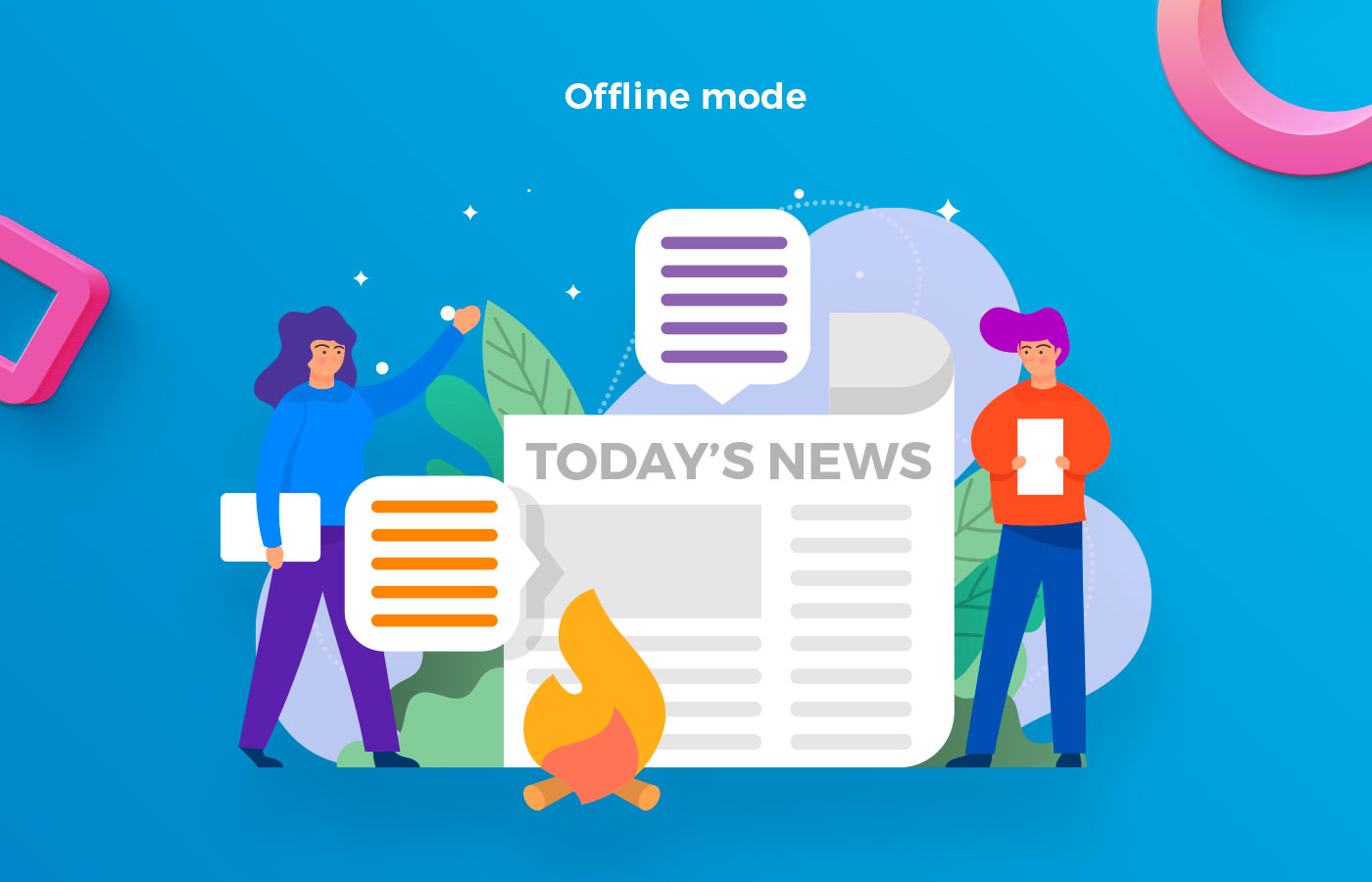
There are still situations when you may have no Wi-Fi or cell phone signal:
- Riding the metro
- Hiking in deep forests and mountains
- Long road trips through the middle of nowhere
- Bad signal due to weather conditions
- Saving on mobile internet traffic
These are just the most common reasons for lack of an internet connection. You should allow your news app users to save articles to their devices to read when they have time but no signal.
- Bookmarks
Bookmarking articles is a common feature in news applications. It helps readers remember what they wanted to read but had no time for at the moment.
- Recommendations
Sometimes, articles touch on the same issues but aren’t in the same category. Or a user reads a couple of articles from a category they’re not following. For cases like this, your app should have a feature for recommending similar articles. With the use of modern artificial intelligence (AI) engines and machine learning, recommendations can become highly precise and personalized, delighting your readers and making them come back to your app.
Also read: Stay relevant: 16+ great ideas for mobile apps in 2019
-
Social media sharing
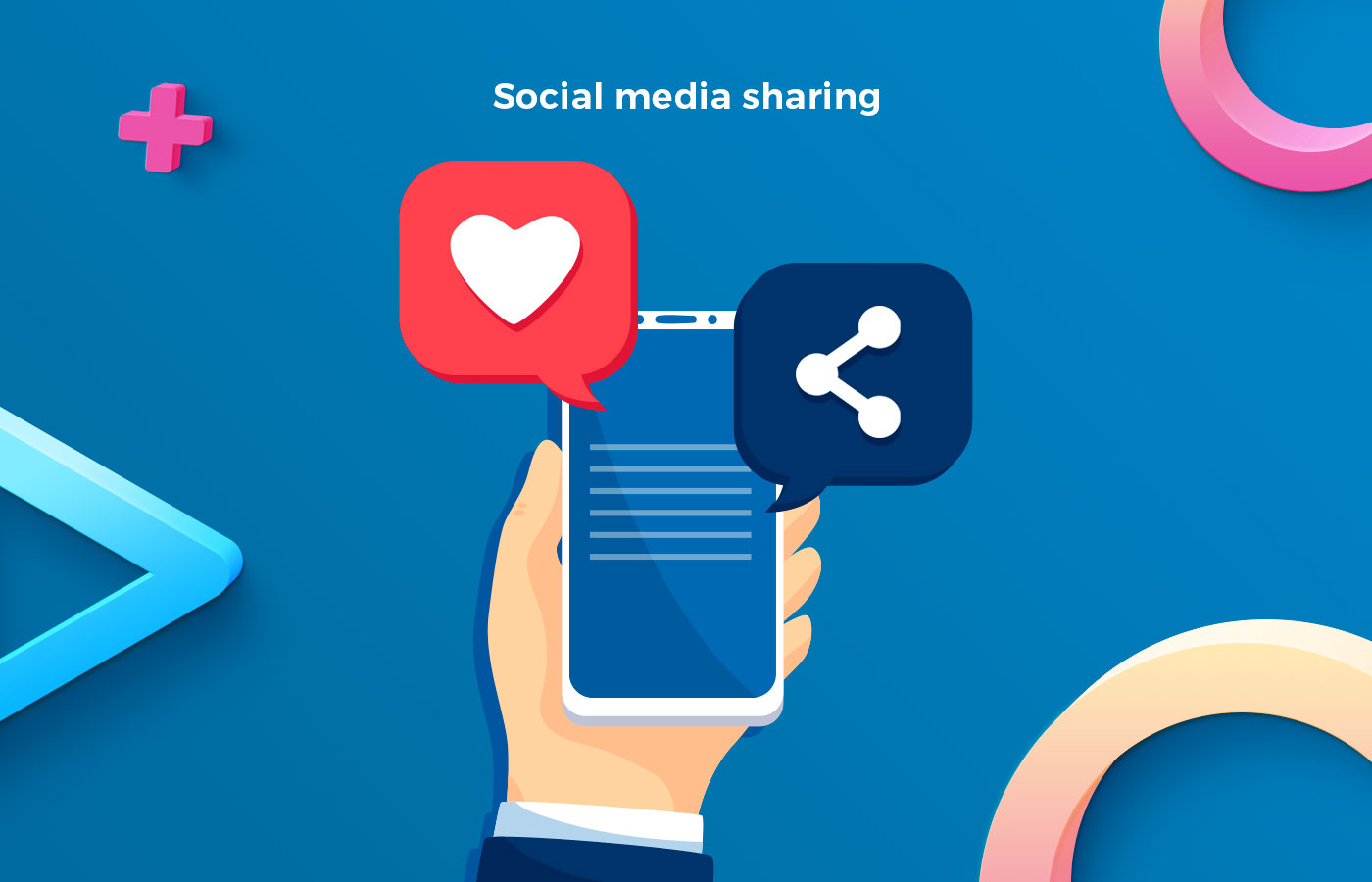
Sharing the news with a single tap is a must. Anyone who plans to create a news portal app knows it should be, among other things, a news sharing app. -
Push notifications
What’s the use of notifications in a news application? Well, you can use them for breaking news alerts, to share articles on topics that are relevant for users at the moment, and to remind users about forgotten bookmarks and saved articles. Push notifications can be used as reminders as well as just, well, notifications. You know, like when you’ve left items in your AliExpress cart and it reminds you to complete the purchase.
- Media
Images, audio, and video materials liven up the feed and can enhance the impact of content. A video of police beating peaceful protesters is way more convincing than absolutely any words anyone can write; a recording of a speech is always more emotional than the transcript. Make your readers care about the topics you cover by bringing them all kinds of experiences.
And while you’re at it, think about adding a read-aloud feature for articles. People with eyesight problems will appreciate that.
-
Commenting
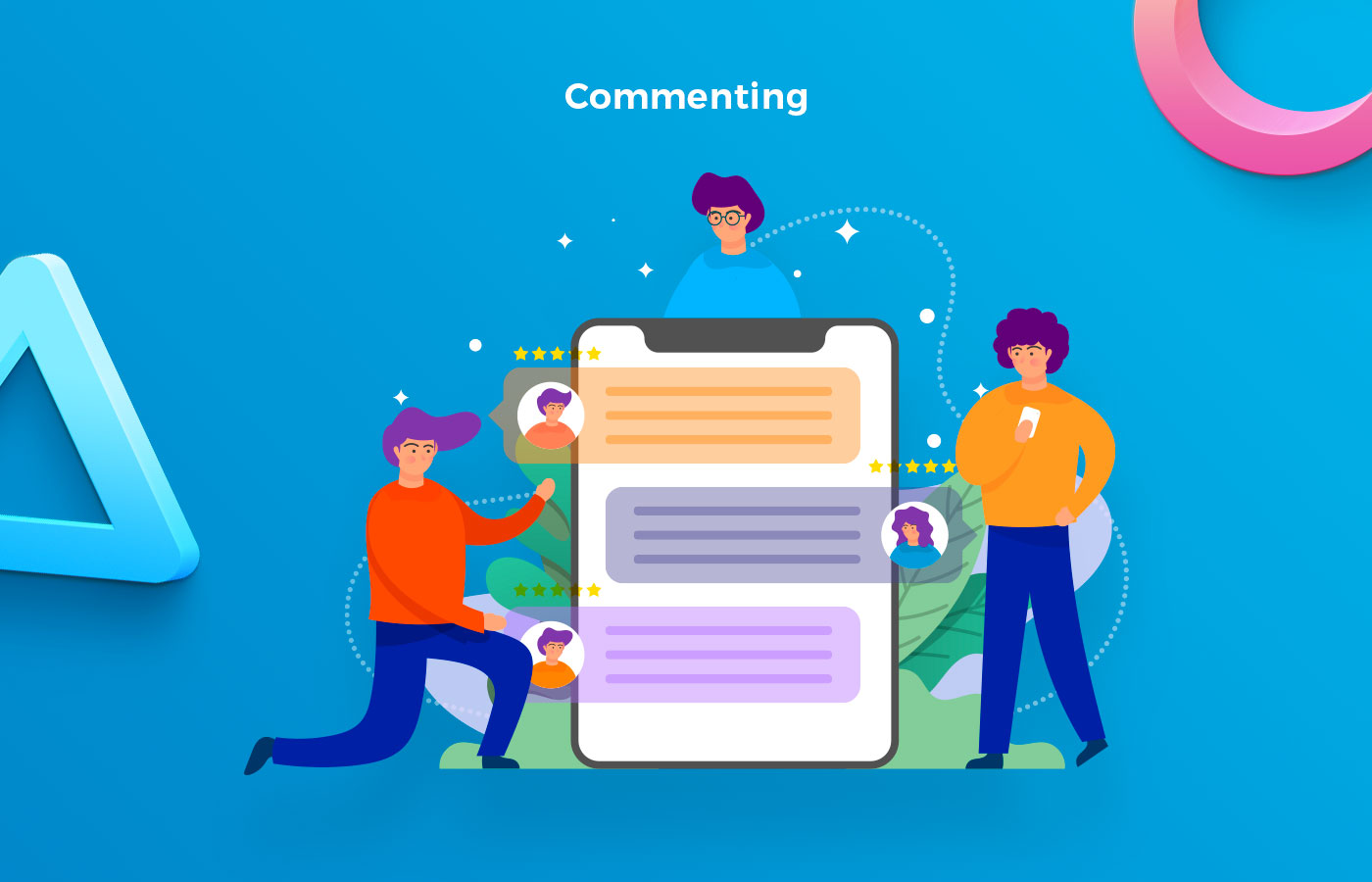
The commenting feature is a tricky one. On the one hand, it allows readers to express their thoughts and engage with each other, which is good. On the other hand, if the topics your online magazine covers are potentially triggering or ambiguous, the chance of attracting internet trolls and starting conflicts is pretty high. In this case, you need to implement some kind of comment moderation or an option to report comments. -
Geo-targeting
Geo-targeting means your news app will be able to know the location of users’ devices and send them news about events happening nearby. This feature is especially useful for apps delivering news about limited-time events, like our UNIGHT app that helps both locals and tourists find places to spend free time in China.
How to make a news app
To build a news app for your online magazine, you’ll need to first decide whether you want a native, cross-platform, or hybrid app. Native apps are developed separately for iOS and Android, while cross-platform apps run on both; hybrid apps are something between a mobile app and a web page but they, too, work on both platforms. At first glance, it seems logical to go for a cross-platform or a hybrid app. But in reality, they have more downsides than upsides:
| Pros | Cons | |
|---|---|---|
|
Native apps |
|
|
|
Cross-platform apps |
|
|
|
Hybrid apps |
|
|
For most projects, it’s usually recommended to develop an MVP version first. This applies to almost all apps, not just news apps. So how can you create a news feed app for Android? And what about for iOS?
| iOS app | Android app | |
|---|---|---|
|
Programming languages |
|
|
|
Tools |
|
|
Regardless of what type of news app you decide to build, there’s the issue of the backend for mobile apps. A news app, be it an online magazine or an aggregator, requires a server to store data and settings. The server is responsible for data synchronization, alerts, notifications — all the features mentioned in our list above. At Mind Studios, our backend developers work with Ruby on Rails. It’s simple, light, and offers a huge selection of libraries. Alternatives include Python, Node.js, and Firebase.
The special technology behind news aggregators
To understand how to build a news aggregator app, you need to understand the technology. The biggest difference between the technology used in news aggregators compared to magazine apps is related to how you gather information. With your own online magazine, it’s simple and straightforward: you have staff who research topics and write articles that are then posted to the site and/or app. With aggregators, you have two main options:
-
Crawlers
Crawlers (sometimes called spiders) are bots used for web scraping — gathering information from all around the web to bring it to your website and, consequently, your app. Crawlers can be developed from scratch or bought from third parties. Do keep in mind that neither of these options is cheap, though. Also, crawlers are mildly illegal unless the site you’re pulling info from allows web scraping. -
API integration
This option is totally legal, of course, since the outlets you want to feature in your news app will have to hand their APIs to you willingly. By integrating an API into your aggregator, you can automatically pull a news feed into your app.
News app monetization
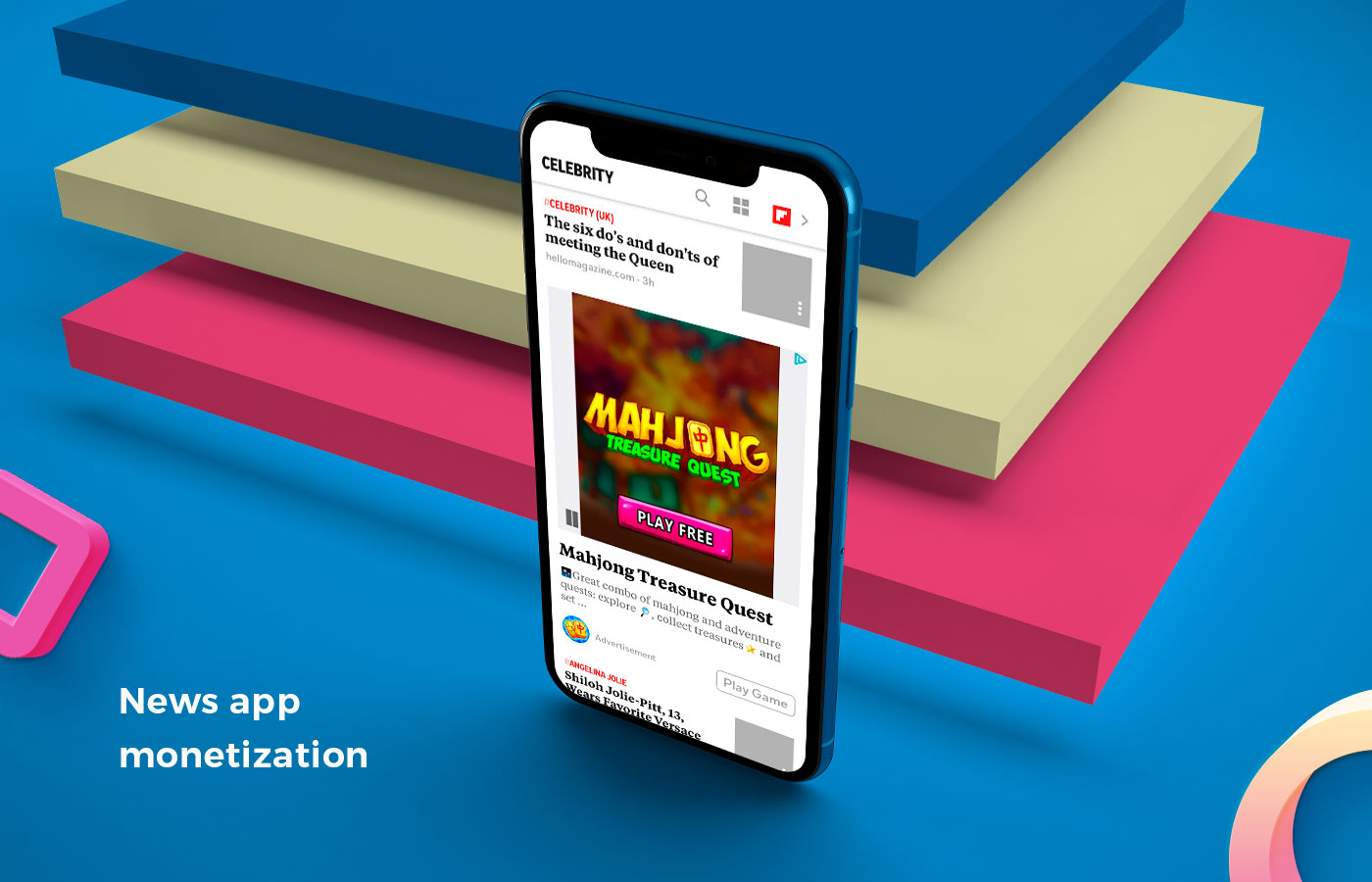
Here are your main options for earning revenue with a news or magazine app:
- Subscriptions
This model is used mostly by online magazines, and mainstream ones to boot. The New York Times, for example, costs $15 a month for full access to all you want to read, or $130 if you pay for the whole year at once (this way, you save $50). Among aggregators, inkl uses a subscription model — after a 7-day trial, it’ll cost you $9.99 a month. However, inkl also offers an alternative to subscriptions — you can pay $0.10 per article you read, which can probably be considered an in-app purchase model. This option is beneficial for users who don’t follow the news all that much but do read occasionally.
- In-app advertising
The go-to business model for all free apps, advertising is the most popular option among news outlet apps as well: Flipboard uses it (quite aggressively, we might note), as does BBC News, Buzzfeed, and many others. However, this model should be handled carefully: if there are too many ads or they disrupt the user experience, it might cost you users. Handled carefully, though, in-app ads are one of the most rewarding business models in terms of revenue.
- Freemium
The freemium model is when you offer a somewhat clipped experience and provide the full experience at a price. You might offer a paid option to watch videos or remove ads or whatever else you and your mobile app development team come up with.
- Donations
This is probably the rarest model in news applications (I’ve only encountered it once). If you have a solid following already, you can ask your readers to support your online magazine with donations. The Guardian does this.

How much does it cost to develop a newspaper app?
If you already have a news website and are only interested in making a newspaper and magazine app, here’s who you’ll need to hire for iOS and Android development:
- Project manager
- UI/UX designer
- Android developer
- iOS developer
- Backend developer
- QA specialist
If you need a website as well, add another UI/UX designer and a front-end developer. If you only need to make a news app for Android OR iOS, you can skip a developer. The cost to build a newspaper application will depend on whether you’re an outlet owner or you want to make an aggregator, as well as on the feature set. An approximate estimate would be around $53,000 for two apps without a website. If you’d like to know a more precise cost to build your newspaper app, contact us for an estimate.

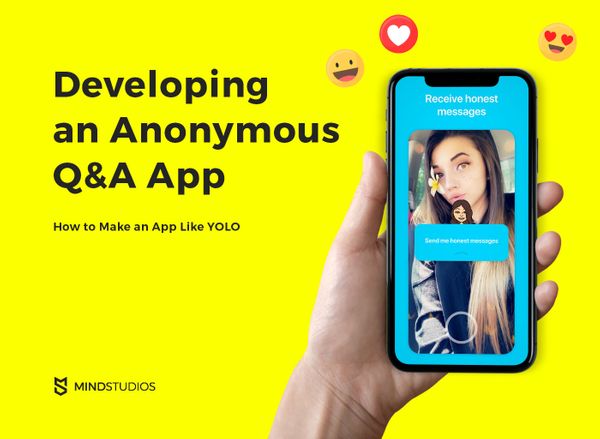
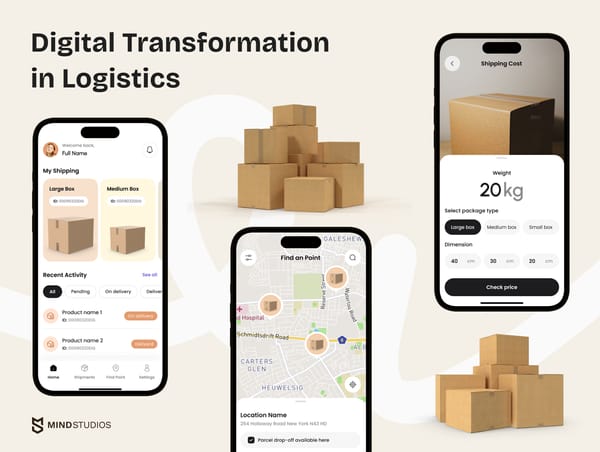
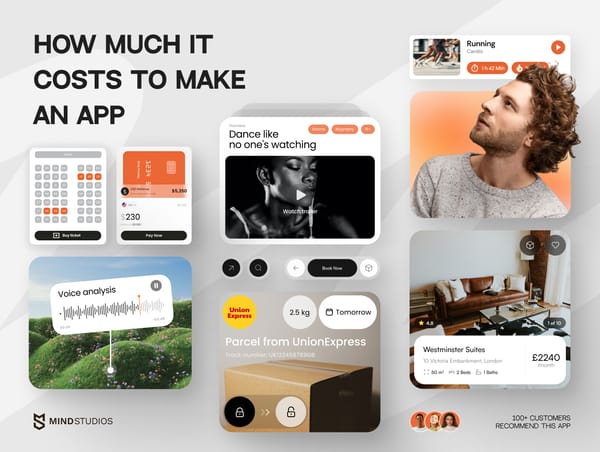
![How to Create an On-Demand Medicine Delivery App [Expert Guide]](https://themindstudios.com/blog/content/images/size/w600/2025/03/IMG-1-Cover-6.jpg)
